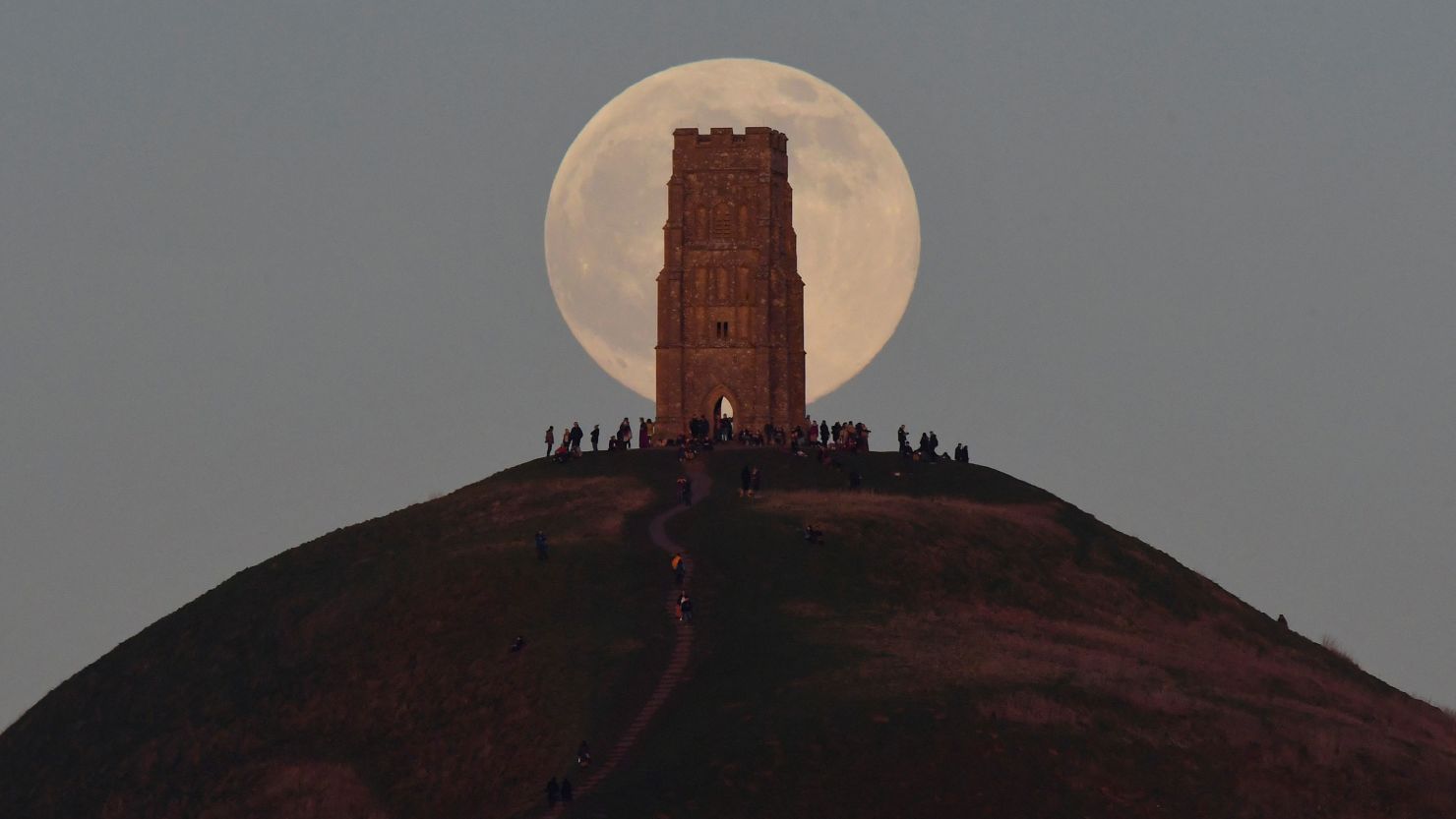Sign up for CNN’s Wonder Theory science newsletter. Explore the universe with news on fascinating discoveries, scientific advancements and more.
The first full moon of the year lit up the night sky on Monday, and photographers captured its splendor.
Known as the wolf moon, it was named after wolves that were thought to howl more frequently this time of year, according to the Old Farmer’s Almanac. However, no link between wolves howling and the moon has been established.
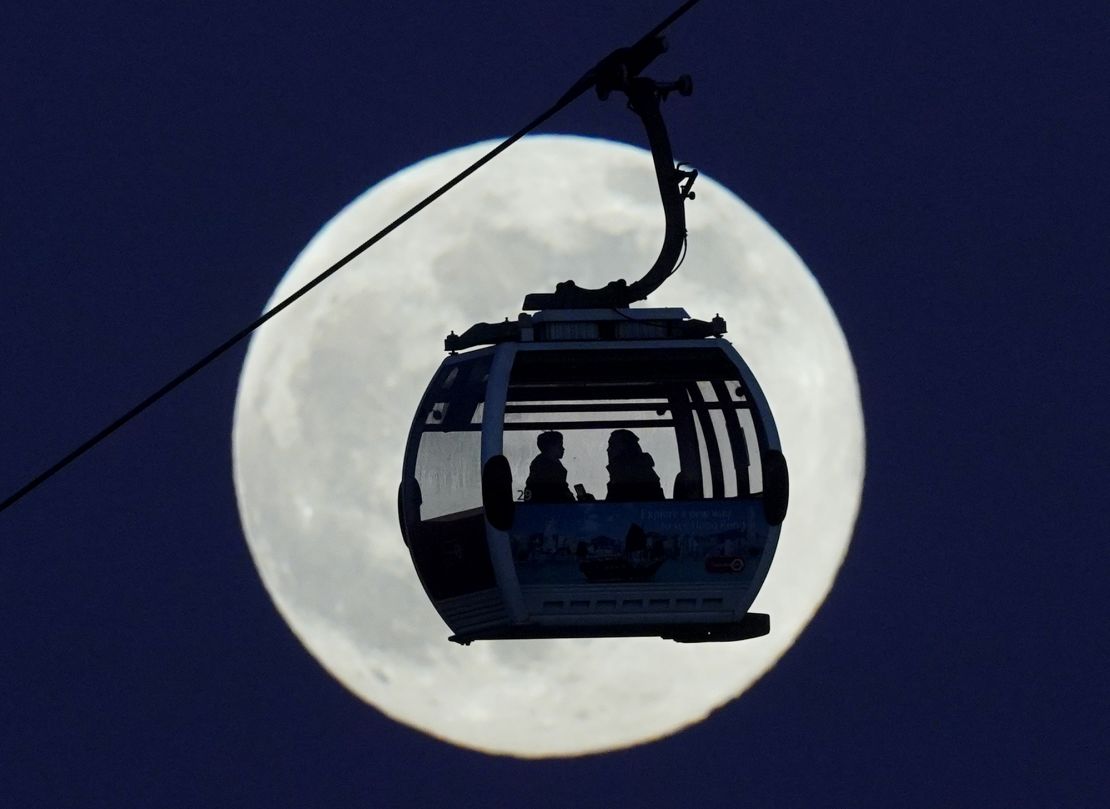
Besides the wolf moon, January’s full moon is known by a number of names, including the Old Moon and Ice Moon.
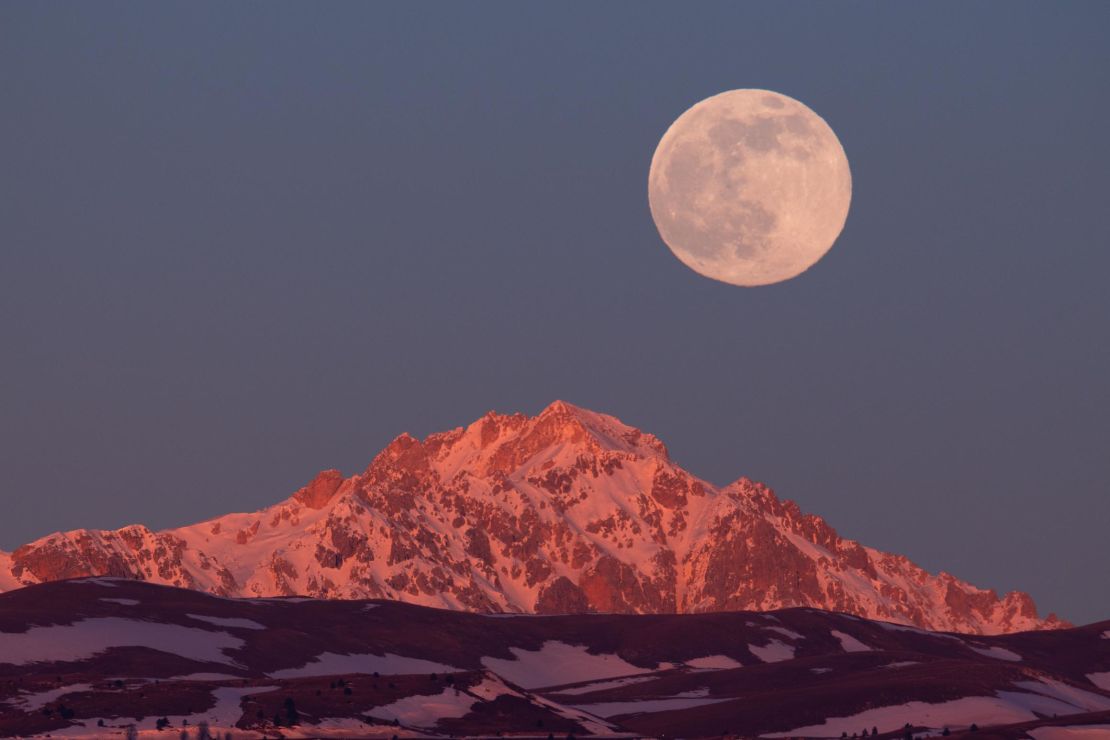
Hindus refer to it as Shakambhari Purnima, which marks the last day of Shakambari Navratri, an eight-day holiday honoring the goddess Shakambhari. People in India often bathe in holy waters during this time, NASA said.
Assiniboine people who live in the Northern Great Plains in the United States call this the center moon because it is around the middle of winter, according to the Old Farmer’s Almanac.

Algonquin people located northeast of the Great Lakes, also in the US, call it “squochee kesos,” which means, “sun has not strength to thaw.” The Cheyenne people of the Great Plains call it “moon of the strong cold.”
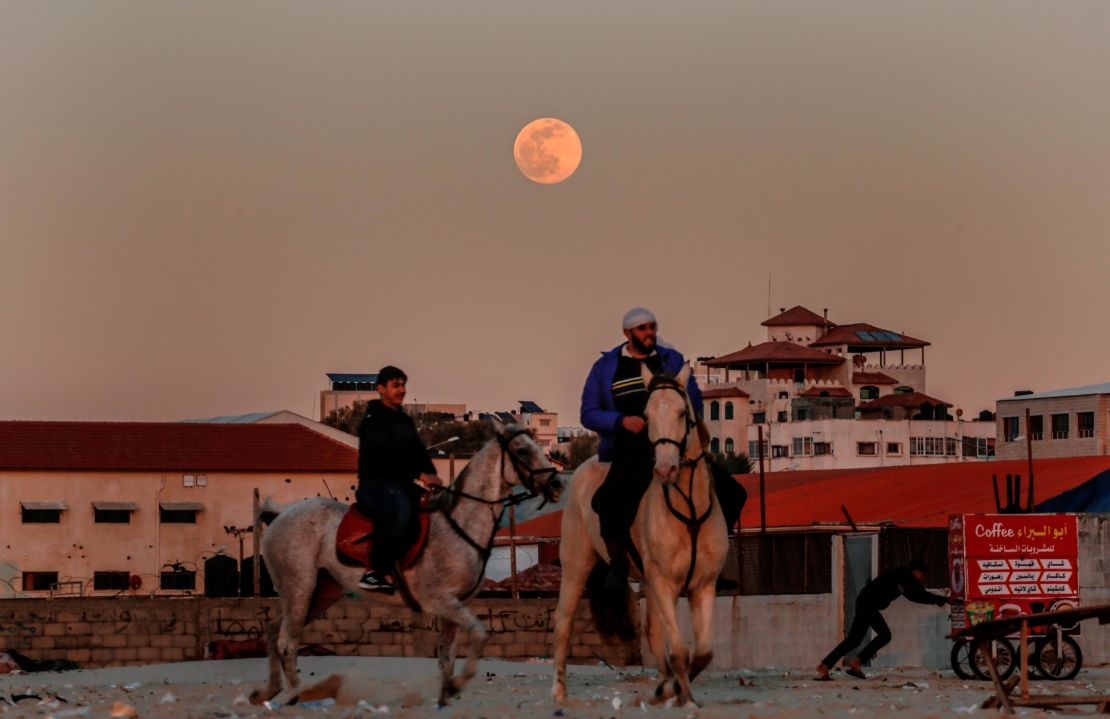
There are 12 full moons in 2022, and two of them qualify as supermoons.
Definitions of a supermoon can vary, but the term generally denotes a full moon that is brighter and closer to Earth than normal and thus appears larger in the night sky.
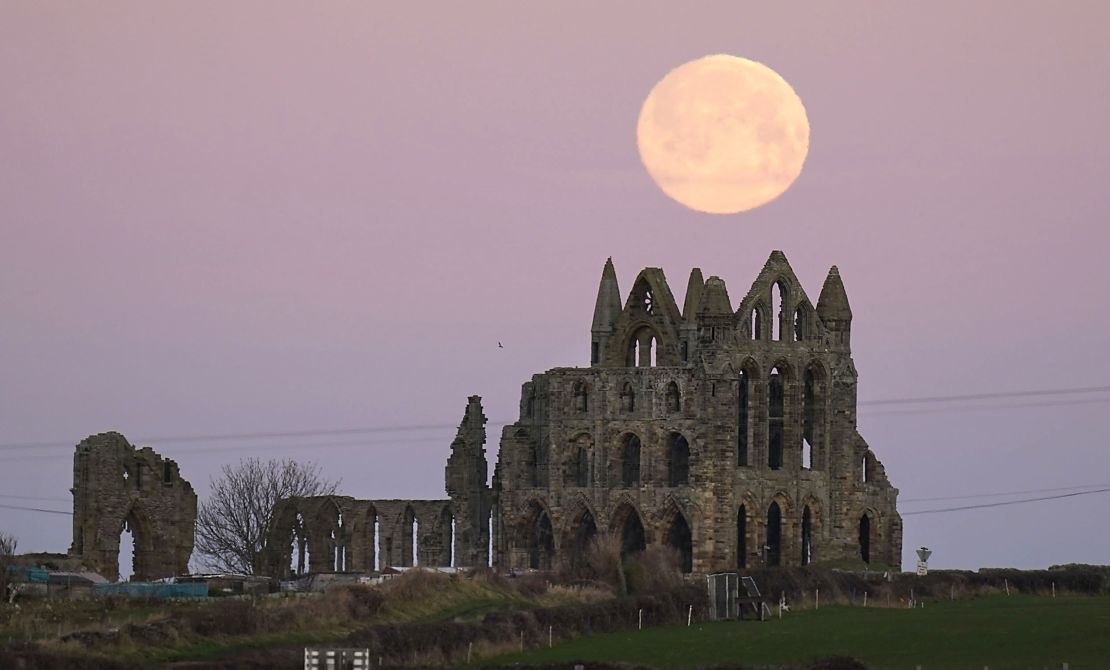
Some astronomers say that the phenomenon occurs when the moon is within 90% of perigee – which is its closest approach to Earth in orbit. By that definition, the full moon for June as well as the one in July will be considered supermoon events.
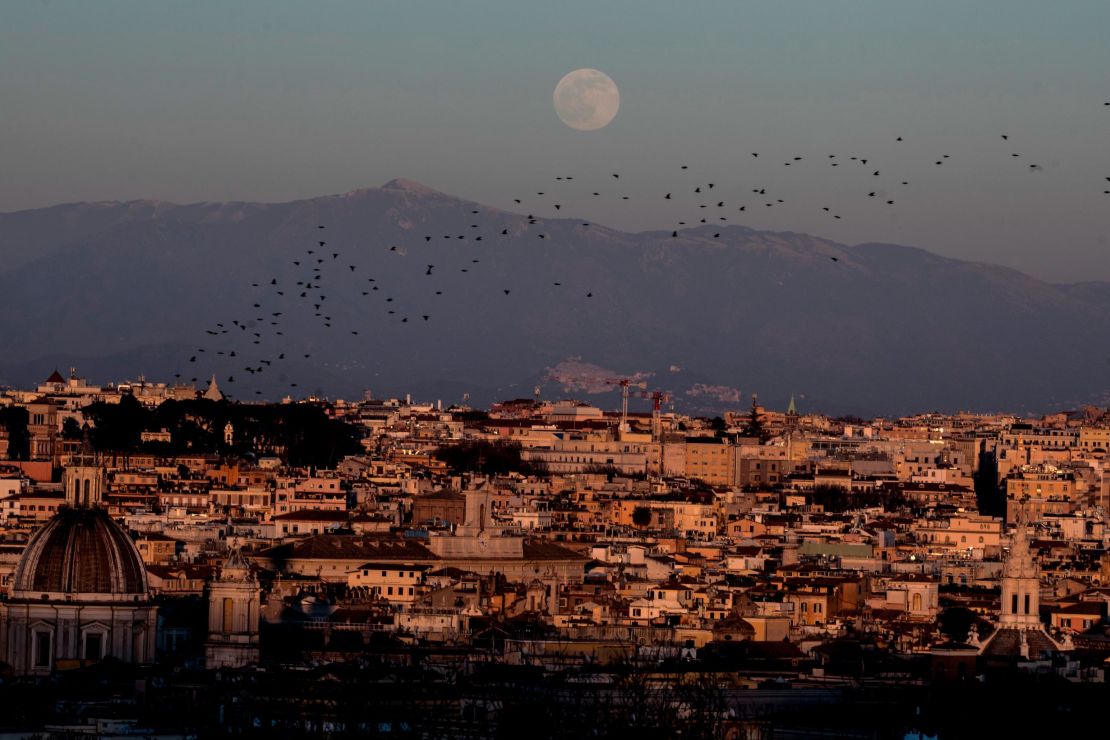
Here is the list of the remaining full moons for 2022, according to the Farmers’ Almanac:
• February 16: Snow moon
• March 18: Worm moon
• April 16: Pink moon
• May 16: Flower moon
• June 14: Strawberry moon
• July 13: Buck moon
• August 11: Sturgeon moon
• September 10: Harvest moon
• October 9: Hunter’s moon
• November 8: Beaver moon
• December 7: Cold moon
While these are the popularized names associated with the monthly full moons, each one carries varied significance across Native American tribes.
CNN’s Ashley Strickland contributed to this story.



